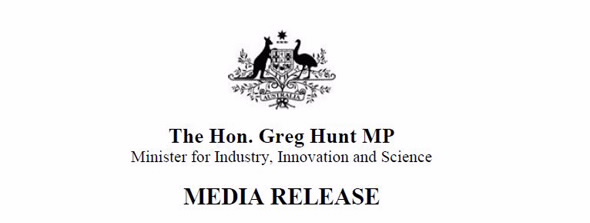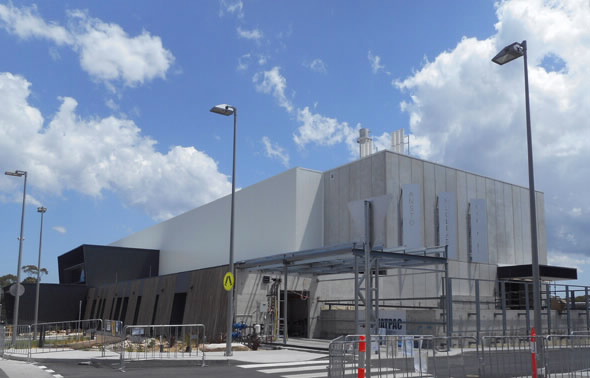
11 November 2016
Australia is making a significant global contribution by stepping up to help prevent a shortfall in world nuclear medicine supplies with two projects worth about $170 million.
Last week one of the world’s main suppliers of nuclear medicine, the ageing National Research Universal (NRU) in Canada, ceased routine production of nuclear medicine operations after about 60 years of operation.
At times, NRU had met up to 40 per cent of global demand, which is currently around 30-40 million doses a year.
Australia will increase its capacity to supply more nuclear medicine to local hospitals and to the rest of the world to mitigate this event from causing a serious global shortfall, potentially putting patients at risk.
Australia is a leader in the production of nuclear medicine, which is a vital component in diagnosing and treating serious health conditions including cancer and heart, lung, muscular, and skeletal conditions.
The Australian Nuclear Science and Technology Organisation (ANSTO) has two projects, valued at about $170 million, which are helping respond to the issue today and in the longer term.

The first is an upgrade of ANSTO’s existing nuclear medicine processing facility, enabling it to almost double capacity.
The second is a new nuclear medicine production facility that will come online in 2017, and once it reaches full capacity will boost production to around 10 million doses a year.
This is not only a great outcome for patients and hospitals around the world, it also makes good policy and economic sense.
While ANSTO exports significant amounts of nuclear medicine when required, its primary focus is on supply of 550,000 doses a year to around 250 hospitals and nuclear medicine centres in Australia and our region.
Australia has some of the world’s best researchers and infrastructure for nuclear medicine.
The $460 million multi-purpose OPAL reactor at Sydney’s Lucas Heights, was opened in 2007 and remains state-of-the-art and one of the most advanced of its kind.
It is the only reactor in the world that is both capable of supporting export-scale production of nuclear medicine, and that was purpose-built to run on Low Enriched Uranium fuel and target plates. The latter means its inputs and outputs can’t be used in weapons.
As custodian of one of the best reactors in the world, we have not only an opportunity, but an obligation to step up and help prevent a shortage of nuclear medicine supplies.
ANSTO CEO, Dr Adi Paterson said that today’s announcement is a great example of Australian innovation and ANSTO’s focus on applied science, and will deliver a medical dividend to the world, and financial dividend to Australia.
“What we are doing here will deliver a good public health outcome for Australians and people from around the globe, and a strong economic upside for Australia,” Dr Paterson said.
“As an added benefit, the project includes a Synroc facility that will reduce waste volumes by up to 90 per cent compared to conventional treatment options such as cementation.”
“ANSTO already has around 60 years of expertise in manufacturing nuclear medicine, and these projects will take Australia from a domestic focus to being a world-scale producer.”
“While some technologies such as cyclotrons are being experimented with to produce nuclear medicine, none have reached the reliability, commercial scale and quality levels achievable from a nuclear reactor.”
Read more: Fact Sheet: Australian preventing nuclear medicine shortfall
Published: 11/11/2016

